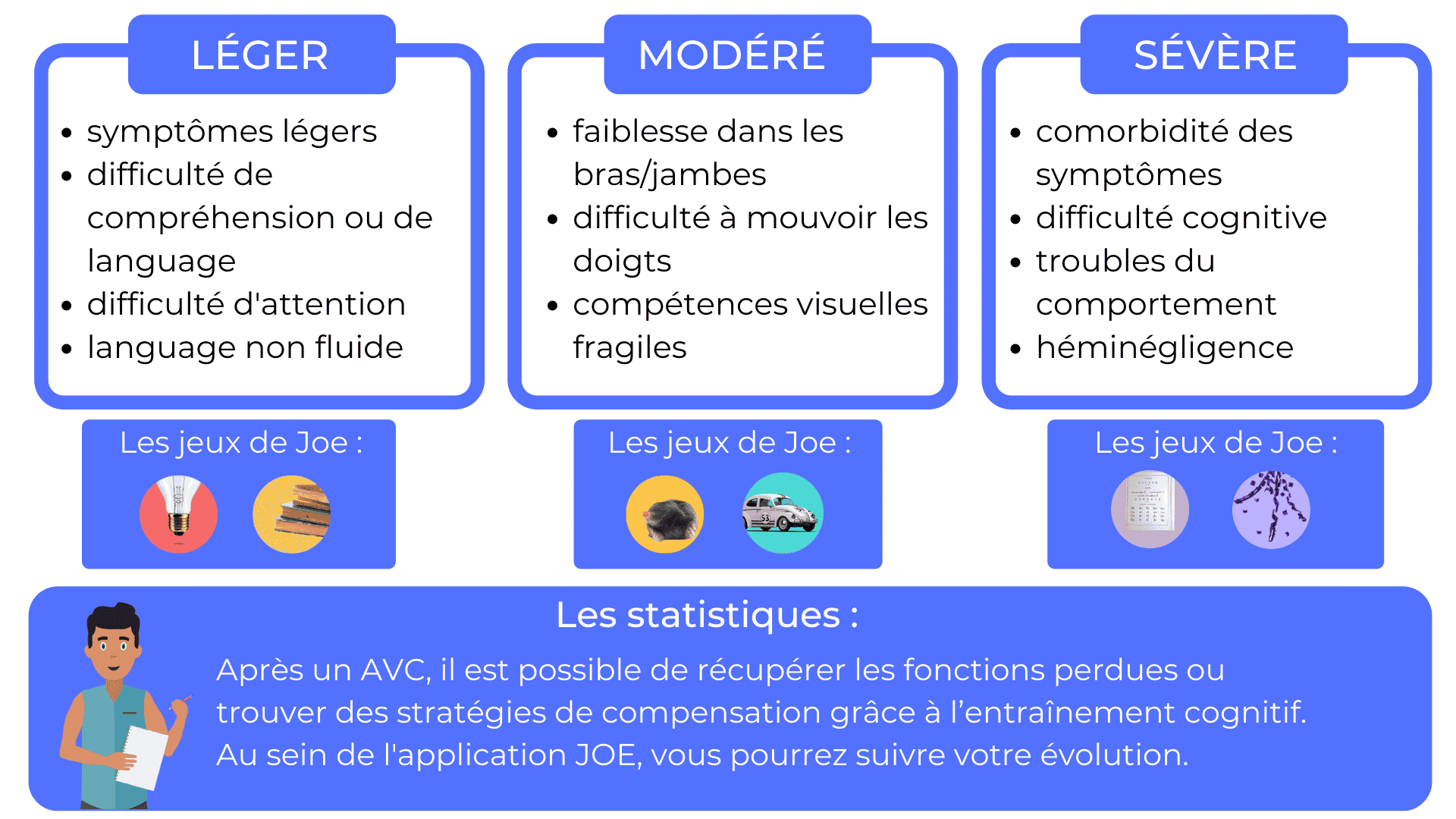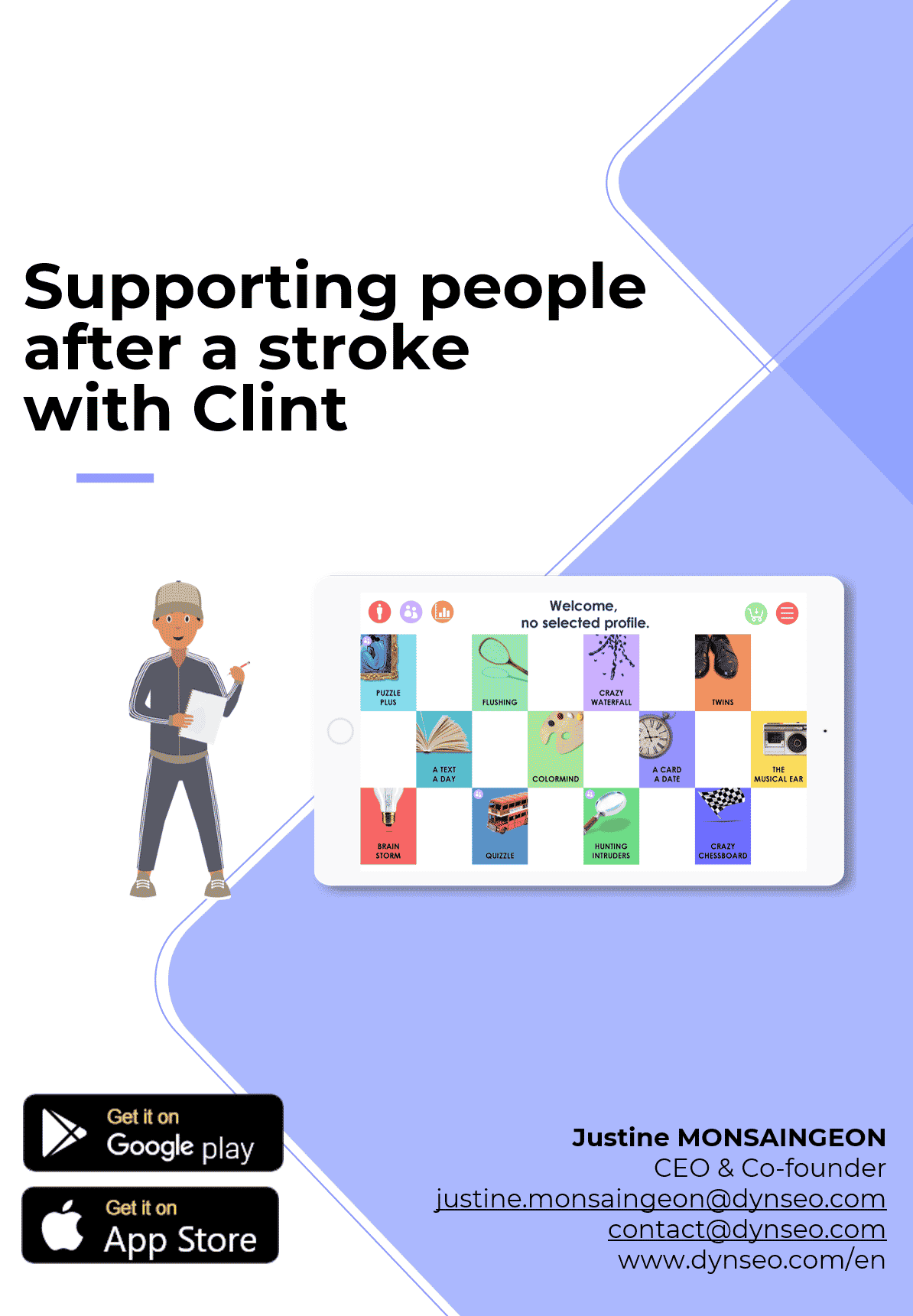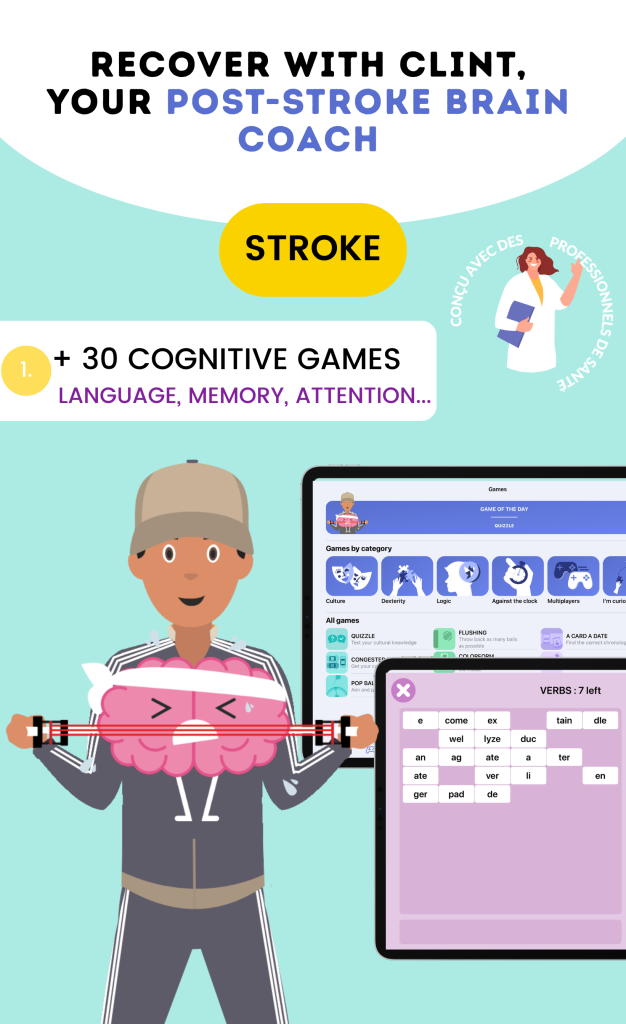Stress at Work Increases the Risk of a Stroke
Well, this is not big news, stress is not good for health, and work can be a source of stress.
But guess what, I found a recent study that names this risk: that of the cerebrovascular accident or stroke.
Thanks to this Chinese study published in the journal Neurology, this risk is even quantified: stress at work would increase the chances of stroke by 22% for men and 33% for women…
To better identify high-risk professions, researchers defined four categories based on mental load, pressure, and the ability of workers to make choices.
The categories of the study:
- Passive jobs (concierges or manual workers)
- Low-stress jobs (architects, for example)
- Active jobs (doctors, teachers, and researchers)
- Positions exposed to stress (servers, nurses)
According to the study, for the first three groups of workers, there is no incidence on a possible stroke. On the other hand, the fourth category is strongly affected by the risk of suffering from a stroke. Compared to the other categories, they present an additional risk of 22%. To explain this difference, researchers mention poor eating habits, smoking, and lack of exercise.
I think we can conclude several things!
The well-being of employees is a public health issue! The authors of the study mention the importance of cognitive behavioral therapy and the need for relaxation.
We need to find ways to transform these stressful jobs! We might consider, as this study specifies, adjusted hours, telecommuting, a redefinition of everyone’s tasks, etc. Several avenues are mentioned in the study.
You who are in positions exposed to stress, take good care of yourselves!
Post-Stroke Rehabilitation
The Warning Signs of a Stroke
It is essential to recognize the warning signs of a stroke in order to act quickly. Here are some symptoms to watch for:
- Numbness or weakness: Especially on one side of the body, in the face, arm, or leg.
- Difficulties speaking: Speech or comprehension problems, often accompanied by confusion.
- Loss of vision: Blurred vision or loss of sight in one or both eyes.
- Severe headache: A sudden and severe headache with no apparent cause.
If you or someone around you exhibits these symptoms, it is crucial to call emergency services immediately.
Stroke Prevention: Adopting a Healthy Lifestyle
Stroke prevention involves a healthy lifestyle. Here are some practical tips:
- Adopt a balanced diet: Consume fruits, vegetables, whole grains, and reduce foods high in saturated fats.
- Engage in regular physical activity: At least 150 minutes of moderate exercise per week can reduce risks.
- Avoid tobacco: Smoking significantly increases the risk of stroke.
- Control blood pressure: Monitor your blood pressure and follow your doctor’s recommendations.
- Manage stress: Practice relaxation techniques such as yoga or meditation.
The Emotional Impact of a Stroke
A stroke can lead to significant emotional changes in victims, affecting their quality of life. Here are some aspects to consider:
- Depression: People who have had a stroke may experience deep sadness, often related to changes in their lives.
- Anxiety: Worry about recovery and future limitations can lead to persistent anxiety.
- Personality changes: Changes in behavior and personality may occur, impacting relationships with loved ones.
- Importance of support: Support from friends, family, and healthcare professionals is crucial to help overcome these emotional challenges.
Resources and Assistance Available After a Stroke
Many resources are available for people who have had a stroke and their loved ones:
- Support groups: Joining support groups can help share experiences and feel less isolated.
- Therapies: Physical, occupational, and psychological therapies can be beneficial for rehabilitation.
- Tracking applications: Using apps to monitor health and rehabilitation progress can be motivating.
- Online resources: Many websites offer advice, testimonials, and information on life after a stroke.






